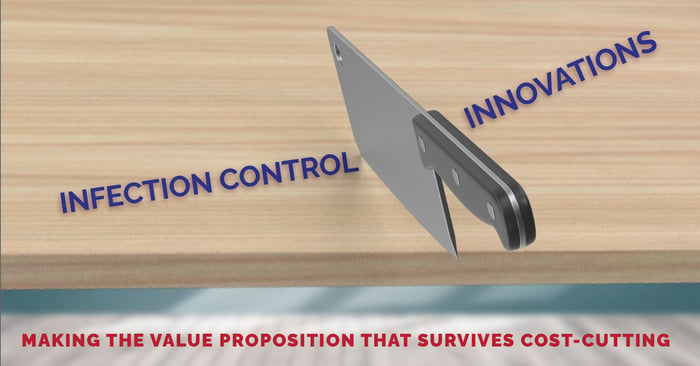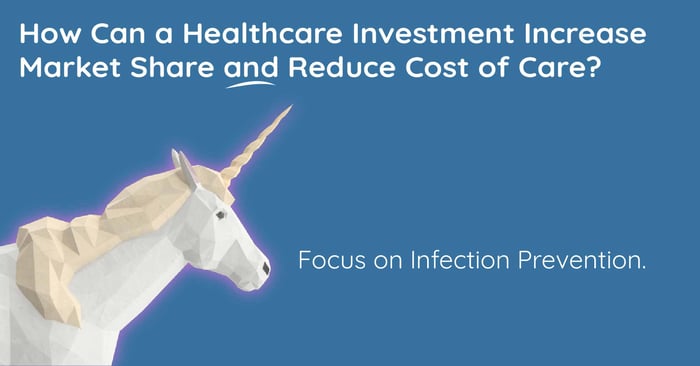2 min read.
The Hidden Cost of Staying Too Long: Why Reducing Infections Could Free Up Beds and Budgets
Hospitals across the country are feeling the pressure. In recent years, the number of staffed beds has dropped significantly, while the demand for...
![EOScu Logo - Dark - Outlined [07182023]-01](https://blog.eoscu.com/hubfs/Eoscu_June2024/Images/EOScu%20Logo%20-%20Dark%20-%20Outlined%20%5B07182023%5D-01.svg)













